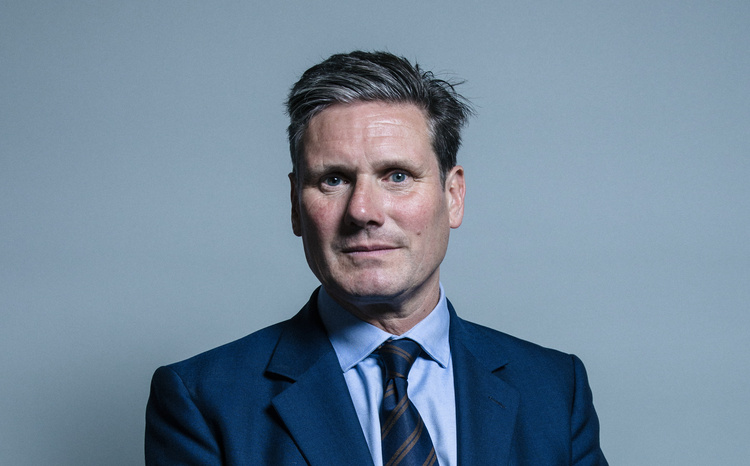GE launches dose blueprint in Europe
- 13 March 2014
GE Healthcare has launched a European version of its Dose Blueprint, an approach to lowering radiation dose to patients that combines technology and organisational change.
The company has tailored the product to help health providers meet the new directive on protecting the public from ionising radiation, launched in December last year by the European Council.
Chapter seven of the directive, which relates to medical exposure, outlines the areas that member states must address. In broad terms, member states are required to take steps to monitor and minimise patient exposure to medical radiation, and the specific obligations are detailed in articles relating to justification, optimisation, responsibilities, procedures, training and recognition, and equipment.
The deadline for compliance with the new directive is February 2018. David Boyd, director of European government and public policy at GE Healthcare, said: “The legislation will get the member states more focused on getting the right advice out to the hospitals and clinics in their countries.”
The blueprint bundles together DoseWatch, GE’s dose management software, a programme to examine the processes and practices relating to dose management, and a technology upgrade.
Antoine Jomier, dose general manager for GE, said: “If you have a CT you bought five years ago, there are technologies that allow you to replace the operator console and get the same image quality at a lower dose.”
The educational programme has three phases, he added: “The first phase is the risk management – the justification – and making sure that the dose given is relevant, and that there is no major issue that has not been detected.
“The second phase will be to work on systematic and programmatic protocol optimisation. What are the processes in place to make sure that I have consistent protocol, always with the right balance between image quality and dose?
“The last element is benchmarking and comparing with other institutions, always taking into account the clinical context.”
Customers can opt into the educational programme for one, two or three years. They are allocated a dose project leader, who spends two days with the radiology team at the hospital, looks at their current processes and practices, and helps them agree the key performance indicators they want to achieve. The initial visit is followed by quarterly review meetings.
Each participating hospital also has access to an engineer who can rectify mistakes, said Jomier.
“If the customer detects a protocol issue using the dose management software, then the dose project leader can organise a remote training session with an application engineer who can assess and analyse the data with the customer, and propose a modification of the protocol to lower the dose and fix the issue.”






